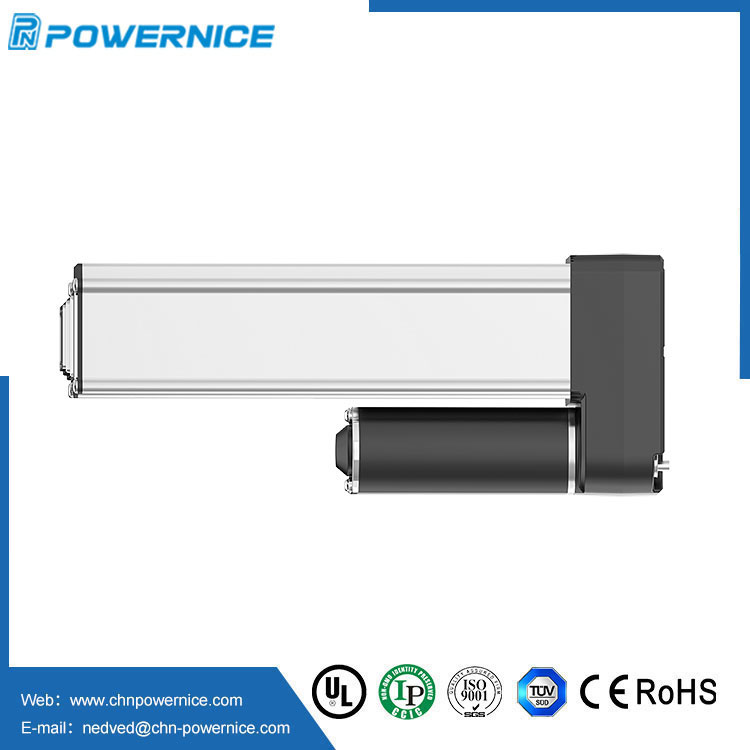Elevating Efficiency: The Role of Linear Actuators in Elevator Functionality
2023-12-06
Introduction:
Elevators have come a long way from simple pulley and counterweight systems. Modern elevator design involves sophisticated technologies aimed at enhancing efficiency, safety, and user experience. Among these innovations, the linear actuator stands out as a pivotal component that significantly contributes to the overall functionality of an elevator. In this blog, we delve into the ways in which linear actuators play a crucial role in elevating the performance of vertical transportation systems.
Understanding Linear Actuators:
A linear actuator is a mechanical device responsible for producing linear motion or movement in a straight line. In the context of elevators, linear actuators are essential for controlling the vertical movement of the elevator car. Unlike traditional systems, which may rely on cables, pulleys, or hydraulic mechanisms, linear actuators operate with precision and efficiency.
1. Controlled Vertical Movement:
Linear actuators convert rotational motion into a linear path, allowing for controlled and precise vertical movement of the elevator car. This contributes to a smoother and more comfortable ride for passengers.
2. Electromechanical Efficiency:
Many modern elevators utilize electric linear actuators, offering advantages in terms of energy efficiency and precise control. Electric linear actuators efficiently convert electrical energy into mechanical motion, reducing energy consumption compared to traditional hydraulic systems.
3. Variable Speed and Acceleration:
Linear actuators enable elevator systems to achieve variable speed and acceleration profiles. This allows for flexibility in adjusting the elevator's movement characteristics, contributing to optimized performance and comfort.
4. Space Optimization:
The compact design of linear actuators allows for efficient use of space within the elevator shaft. This is particularly valuable in architectural designs where space is at a premium, offering more freedom to architects and designers.
5. Quiet Operation:
Linear actuators contribute to a quieter and more silent operation of elevators. The elimination of noisy components and the smooth motion achieved by linear actuators enhance the overall user experience and reduce disturbances in buildings.
Conclusion:
In the evolution of elevator technology, linear actuators have emerged as a cornerstone for achieving efficiency, precision, and enhanced user experience. Their role in controlling vertical movement, optimizing space, ensuring safety, and integrating with modern technologies highlights the significant impact that linear actuators have on the overall functionality of elevators. As we look to the future of vertical transportation, the continued refinement and innovation in linear actuator technology will undoubtedly contribute to elevators that are not just means of conveyance but symbols of efficiency and progress.



